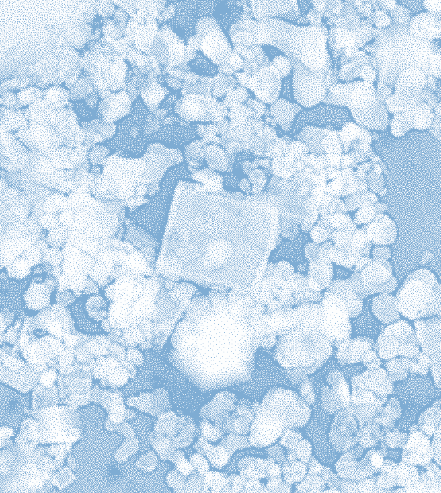Bendy electrodes for next-gen tech
 Australian researchers have developed a new type of flexible, recyclable electrodes for next-generation technology.
Australian researchers have developed a new type of flexible, recyclable electrodes for next-generation technology.
The new electrodes could be used to create cheaper solar cells, touchscreens, wearable ‘e-skins’ and next-generation responsive windows.
The plan is to replace traditional transparent conductive oxides such as indium tin oxide (ITO), which is in almost all thin-film solar cells, laptop screens and smartphone displays. ITO is steadily rising in price due its scarcity, and is inherently limited by its brittle nature.
The designers say the new electrodes could also be used in manufacturing smart windows, which can electrically shift colour and become opaque or transparent.
“The performance of the material is excellent, the transmission of above 90 per cent and high electrical conductivity rivals the ITO benchmark,” says Dr Eser Akinoglu from the ARC Centre of Excellence in Exciton Science.
“In principle, you should be able to integrate this technology into industrial roll-to-roll printing.”
The electrodes are created by a technique called ‘nanosphere lithography’, which is a deposition method that involves evaporating the desired combination of materials into a nanoscale pattern.
Using this approach, researchers have made dielectric/metal/dielectric (D/M/D) nanomesh electrodes with precisely controlled perforation size, wire width and uniform hole distribution, yielding high transmittance, low sheet resistance (which minimises loss of voltage) and outstanding flexural endurance.
It can make what is usually the shadow area of the metallic nanomesh highly transparent and flexible. The electrodes even demonstrated the capacity to be recycled.
“It means that if you make a device like an electrochromic window, which may deteriorate in functionality after its life-span, you can take it apart, flush rinse the electrodes, and reuse them for another device,” said Dr Akinoglu.
The research team is now exploring the devices at a larger scale, looking for similar outcomes in a commercially viable capacity.








 Print
Print